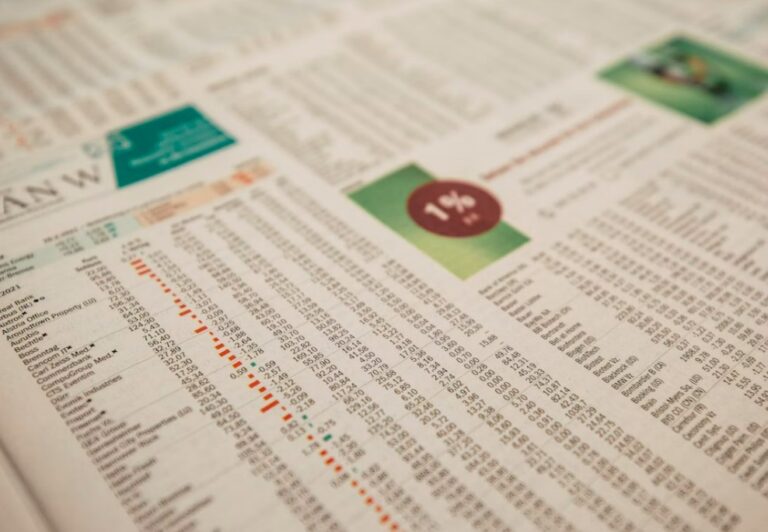Going short or going long. You may have heard these terms before, but do you know what long or short positions are? These are two extremely important concepts to know.
Table of Contents
Short position: what does it mean?
Going short, which can be translated as ‘going short’, means selling. We also speak of ‘short selling’ because we often speak of financial transactions that consist of selling an underlying asset not directly owned by the seller.
But, borrowed against payment of a sum of money, betting that the market will go down with the intention of making a profit. The borrowed underlying asset is then sold to buy it back at a lower price at a later date and return it to the lender.
These are speculative transactions, betting on the fall of a certain security, oriented on a very short-term time horizon. For example, if you anticipate that an antitrust investigation into a company will affect the price of the stock, causing it to fall, you can sell short and go short. You borrow the stock, sell it and then buy it back at a lower price to return it to the lender.
Definition of long position
Going long can instead be translated as ‘going long’ and means buying the asset. In this case betting that the market price will rise. The objective of the purchase is then to sell it at a higher price.
For example, if the share price of a company is expected to go up after the announcement of a change of top management, which the press has already reported on, you can go long by buying the shares and selling them at a higher price to make a profit.
A practical example of a long and short positions
Taking the currency market as an example, going short on the euro-dollar exchange rate means selling euros by buying US dollars. Thus betting on an appreciation of the dollar against the single currency with the expectation of a fall in the value of the euro. The trader’s view of the market will be bearish.
Conversely, going long on the euro-dollar exchange rate means buying euros by selling US dollars. Thus betting in this case on an increase in the value of the euro. You will then have a bullish view of the market.
Whether you go long or short, if the prediction you make is correct you will make a profit. Conversely, if the market takes an opposite direction to the prediction, you will suffer a loss.
Pros and cons of each strategy
Going short allows one to profit not only from rising markets, but also from losing markets. For example, if analysing the oil market we expect the price to fall, we can wait in the traditional way for the price to fall in order to buy it at a higher price. Or we can act now and invest downwards. In this case, however, if short selling, selling at a higher price precedes buying.
Thanks to the growth of online trading and products such as CFDs (Contract For Difference, contracts in which value is exchanged based on the change in value of the underlying asset), traders also have the option of going short in many markets. Even without having to borrow the asset in the underlying market.
Another advantage of going short is the speed with which the market moves when it goes down. When the short position goes in the right direction, profits could therefore grow very quickly.
For the same reason, however, strategy can carry high risks because the value of the stock can change abruptly and rise, causing losses. Generally, rises in the market happen more slowly than falls. But one should always assess one’s risk appetite before opening short positions.
Long selling, on the other hand, is less risky. So it is suitable for investors with a lower appetite for risk. But, as we said, increases in value in the markets are usually slower and do not allow for gains in a short time as short positions do.
Read also: Financial risk profile: what is it and what it depends on












